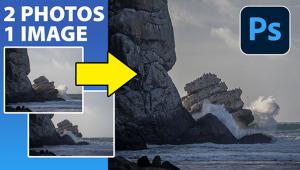First Look
Tamron's SP AF90mm F/2.8 Di Macro (1:1)
A Lens With Breathing Room
Tamron's latest version of their famed 90mm 1:1 macro now has the "Di" appellation, which means that the lens is highly corrected to deliver optimum image quality for a digital sensor. Of course, it can be used on a film camera as well. When used on a film camera the 90mm focal length holds true; when used on most digital SLRs (those with an APS-C size sensor) it will deliver a 140mm focal length. While there are shorter focal length macros available, most agree that having the longer focal length allows for greater shooting freedom, especially when working with nature subjects or under lighting conditions where cast shadows from the photographer or rig can pose a problem. In essence, it gives you more breathing room, especially with "live" subjects. |
|||
The new lens works in both
manual and autofocus. There's a very handy and easy autofocus to
manual focus function on the lens (available for Nikon and Canon autofocus
mounts only). You just slide the outer ring back and forth to switch between
the two. This comes in handy when shooting complex nature close-ups, where
the autofocus might get snagged on a part of the image that was not intended
to be the sharpest in the scene. Using Depth Of Field (DOF) preview on
any body is suggested, as the aperture range is f/2.8-f/32, allowing you
to make many variations on a close-up scene. The difference between shooting
at f/2.8 and f/32 is profound, especially when the range of sharpness
at 1:1 even at f/32 might be an inch or two. Technical Specifications |



































